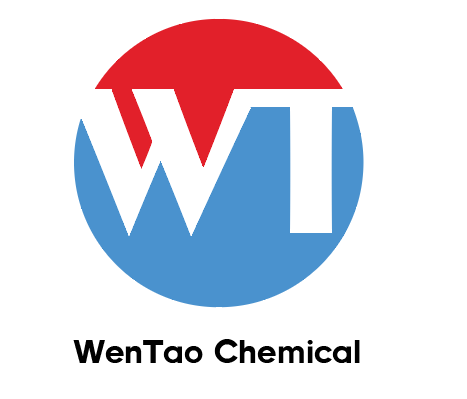Sodium 2-biphenylateCAS NO.: 132-27-4 CAS NO.132-27-4
- FOB Price: USD: 4.00-5.00 /Kilogram Get Latest Price
- Min.Order: 1 Kilogram
- Payment Terms: L/C,D/A,D/P,T/T,Other
- Available Specifications:
top grade (1-10)Kilogramtop grade (10-100)Kilogram
- Product Details
Keywords
- Sodium 2-biphenylate
- Sodium 2-phenylpheolte
- 99.5% Sodium 2-biphenylate
Quick Details
- ProName: Sodium 2-biphenylateCAS NO.: 132-27-4
- CasNo: 132-27-4
- Molecular Formula: C12H9NaO
- Appearance: colourless liquid
- Application: Catalyst and Auxiliary
- DeliveryTime: In stock
- PackAge: Aluminium Foil Bag and Paper Drum
- Port: China main port
- ProductionCapacity: 10000 Gram/Day
- Purity: 99%
- Storage: Room temperature
- Transportation: By sea or by air
- LimitNum: 1 Kilogram
- Grade: Industrial Grade,Food Grade,Pharma Gra...
- first class: 1-10
Superiority
Details
| Chemical Properties | light brown or beige solid |
| Uses | Antimicrobial additive in the manufacture of adhesives, leather, metalworking fluids, and textiles; preservative in automotive polishes, ceramic glazes, laundry starch, inks, floor wax emulsions; agricultural fungicide. |
| General Description | Beige flaky solid. pH of saturated solution in water: 12.0-13.5. |
| Air & Water Reactions | Soluble in water, yielding solutions with pHs of 12.0-13.5. |
| Reactivity Profile | Salts, basic, such as Sodium 2-biphenylate are generally soluble in water. The resulting solutions contain moderate concentrations of hydroxide ions and have pH's greater than 7.0. They react as bases to neutralize acids. These neutralizations generate heat, but less or far less than is generated by neutralization of the bases in reactivity group 10 (Bases) and the neutralization of amines. They usually do not react as either oxidizing agents or reducing agents but such behavior is not impossible. |
| Hazard | Possible carcinogen. |
| Fire Hazard | Flash point data for Sodium 2-biphenylate are not available, but Sodium 2-biphenylate is probably combustible. |
| Purification Methods | Crystallise the salt from acetone and dry it under vacuum at room temperature. [Beilstein 16 IV 4600.] |


 Diamondsupplier
Diamondsupplier 



